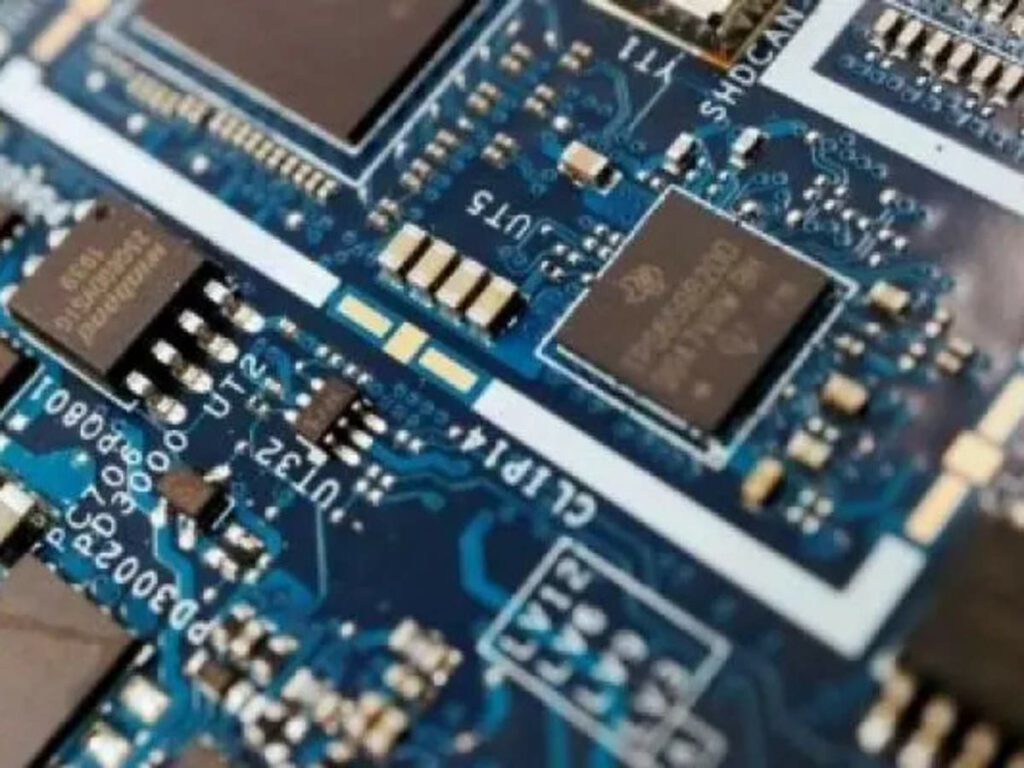The Indian cabinet has authorised a $2.7 billion plan for a new semiconductor testing and packaging unit by US chipmaker Micron Technology, ahead of Prime Minister Narendra Modi’s official visit to the US. The government of India agreed on production-linked incentives worth 110 billion rupees ($1.34 billion) for the facility, which would be built in Modi’s home state of Gujarat. He declined to be recognised ahead of an announcement scheduled for Modi’s visit.
Modi will meet the CEOs of a number of leading American corporations, including FedEx and MasterCard, during his visit, which begins on Tuesday, and will be hosted at a state banquet in the White House on June 22.
Micron Technology’s ambitions come as the White House urges US semiconductor makers to invest in India, with discussions underway about possible additional investments, according to US administration officials.
According to reports, Biden wants American companies to reduce the risks of doing business in China while better integrating the US economy with that of the world’s largest democracy.

According to a top Biden administration official, the amount of US corporations considering investing in India has “encouraged” the White House. In May, China announced that Micron had failed a security examination and prevented operators of critical domestic infrastructure from purchasing equipment from the US’s largest memory chipmaker, infuriating the Biden administration. The US Commerce Department did not respond.
According to reports, Micron’s Assembly Testing Marking and Packaging facility will be built in the city of Sanand.
These facilities test and pack semiconductor chips but do not produce them. Micron might acquire and package chips for clients on-site, or other companies could deliver their chips for testing before distribution.
According to the source, Micron’s India plant will help Modi’s ambition of making India a semiconductor hub, but true success will require actual manufacturing. Three large companies that applied for Indian semiconductor incentives, including a Foxconn joint venture, were suffering owing to a lack of a technological partner.
Also Read:








